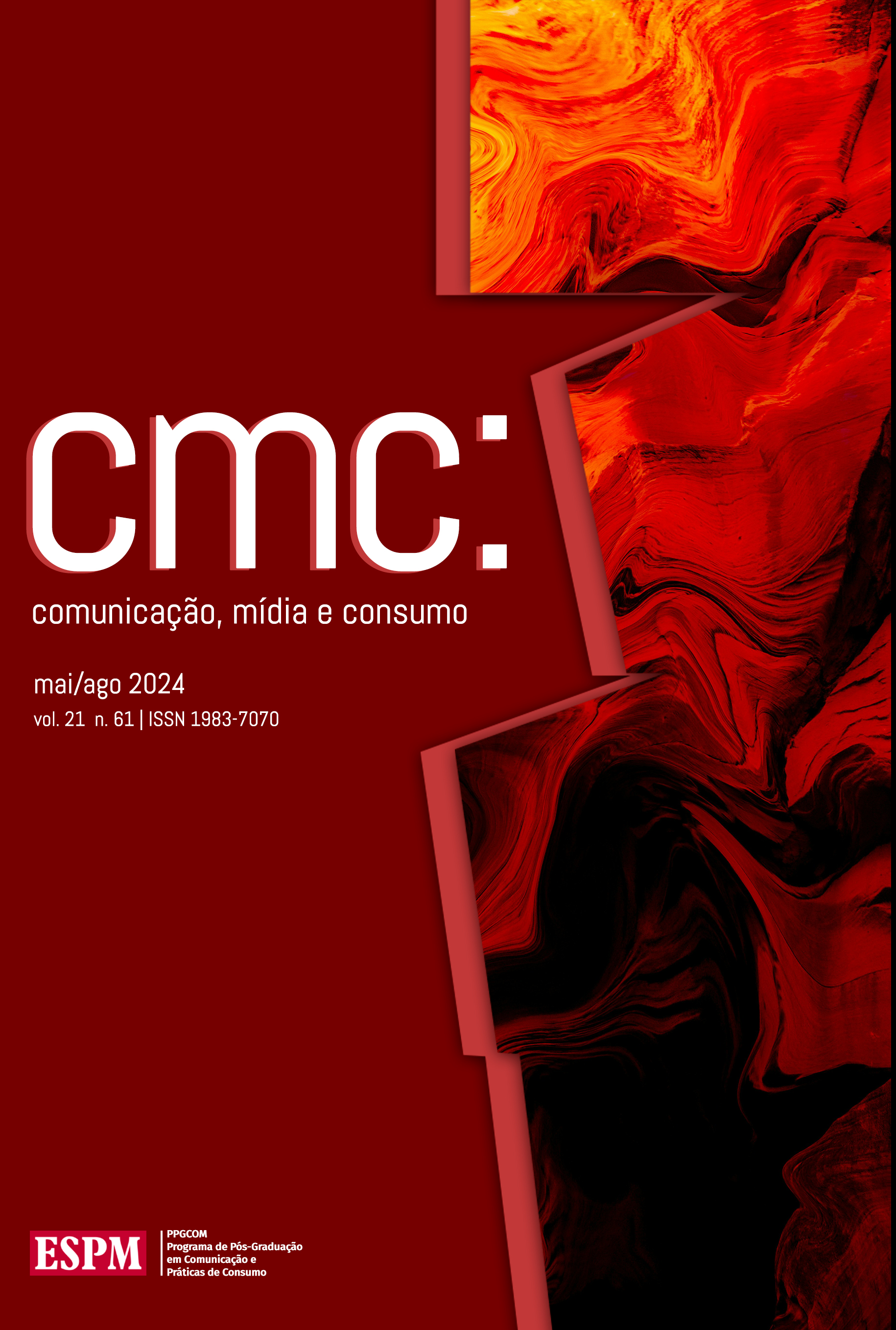The impact of social markers on access to risk communication and tic by rural women in times of the Covid-19 pandemic
DOI:
https://doi.org/10.18568/cmc.v21i61.2910Keywords:
comunicação de risco; interseccionalidade; mulheres rurais; TIC; Covid-19.Abstract
The aim of this study is to understand how social markers (gender,
territory, race and generation) have influenced access to digital communication of
Covid-19 risks by rural women in the Zona da Mata Mineira. Methodologically,
intersectional qualitative analysis is used to examine the axes of diversity in which
these women are included and from which they are excluded, analyzing which
comun. mídia consumo, são paulo, v. 21, n. 61 p. 200-219,mai./ago. 2024
ARTIGO
daniela de ulysséa leal | ivonete da silva lopes | isadora moreira ribeiro 201
intersections and processes are most significant in the context of inequalities in
which they are inserted. Based on the theoretical approach of risk communication
and intersectionality, the results show that the overlapping of these markers reflects a historical reality of inequality, which compromises access to information.
Downloads
Downloads
Published
How to Cite
Issue
Section
License
Authors retain the copyright and grant the journal the right to first publication, with the work simultaneously licensed under the Creative Commons Attribution License that allows the work sharing with acknowledgment of authorship and initial publication in this magazine.








